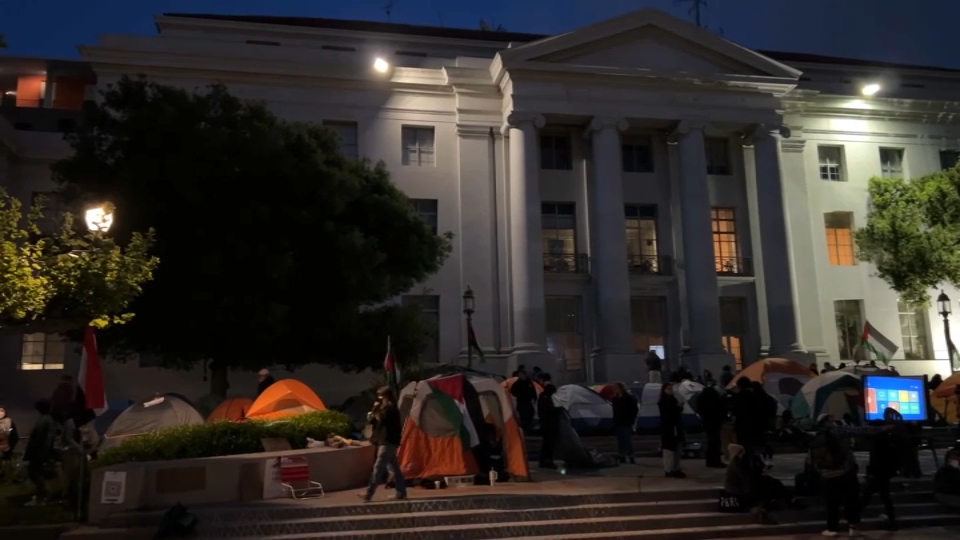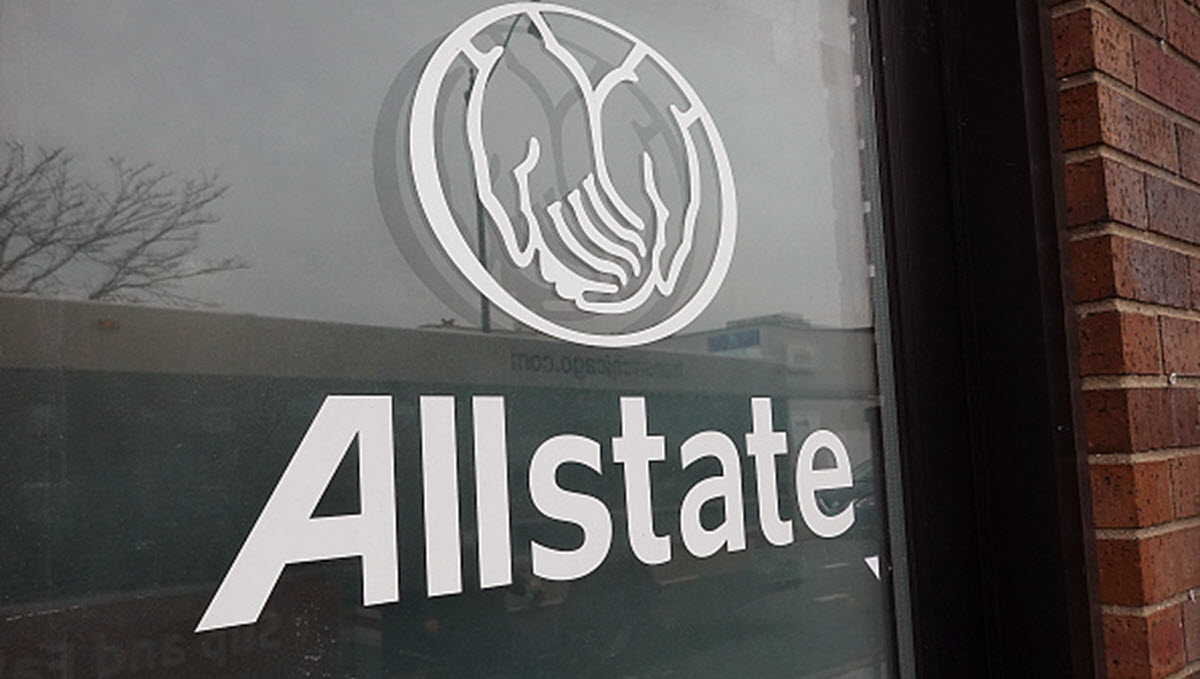Southern Californians dropped to the ground, covered their heads and held onto the furniture Thursday for a mock "Big One" -- an earthquake drill billed as the largest in U.S. history and aimed at testing everyone from state leaders to students who donned fake blood to play victim.
At exactly 10 a.m., television news programs announced there was an earthquake disaster drill, then cut to cameras in school classrooms showing children ducking under their desks and holding onto them. After about a minute, the drill moved into aftermath mode, with people portraying quake victims.
The exercise was based on a hypothetical magnitude-7.8 temblor that ruptures the southern San Andreas Fault -- an event that scientists call the feared "Big One." Such a quake would cause 1,800 deaths and $200 billion in damage, researchers estimate.
Local governments, emergency responders, schools, hospitals, churches, businesses and residents were taking part. Organizers said some 5 million people had signed up to participate.
"We're trying to make it a communal event," U.S. Geological Survey seismologist Lucy Jones, who helped create the crisis scenario, said before the event.
The minimum participation calls for people to dive for safety. Firefighters and other emergency responders are staging full-scale exercises complete with search-and-rescue missions and medical triaging of people posing as casualty victims.
California is the most seismically active state in the Lower 48. Earlier this year, the USGS calculated the state faces a 46 percent chance of being hit by a 7.5 or larger quake in the next 30 years with the epicenter likely in Southern California.
Local
Despite the known seismic risks, California has never been as organized as Japan, which holds an annual quake drill to mark the 1923 Great Kanto earthquake, a magnitude-8.3 temblor in Tokyo that killed more than 140,000 people.
Interest in the statewide exercise was initially low, Jones said, but peaked after the state was jolted by a moderate quake this summer.
Though a far cry from the "Big One," the July magnitude-5.4 temblor centered in the hills east of Los Angeles was the strongest to rattle a populated area of Southern California since the 1994 Northridge disaster. After the shaking stopped, 400 new people signed up for the drill, Jones said.
If such a quake like the one in the drill hit, scientists say, sections of freeways would collapse, water and gas pipes would burst and certain high-rise buildings and older structures would fall.
The drill coincides with an annual statewide preparedness event put on by the state. Besides rehearsing for natural disasters, the state in the past has responded to simulated terrorist attacks.
It's not all doom and gloom. Scientists plan to follow up the drill with a rally in downtown Los Angeles on Friday.



